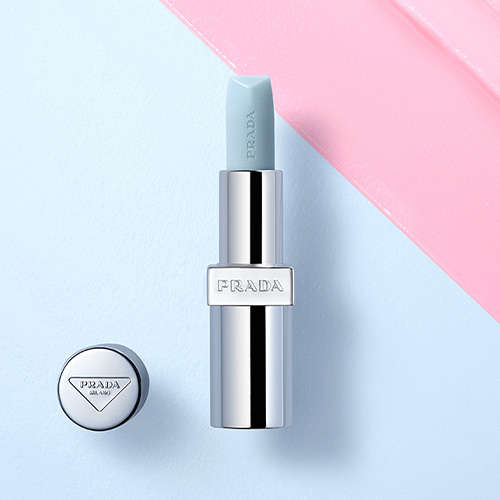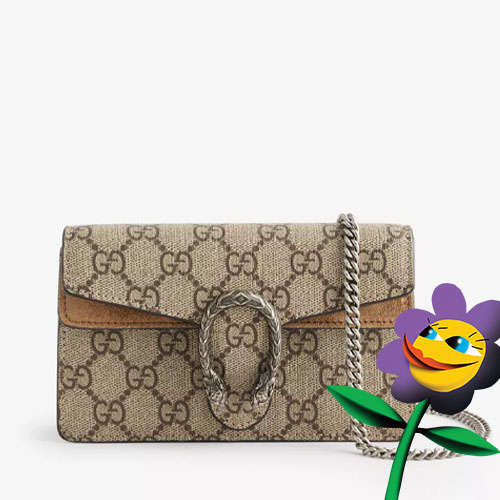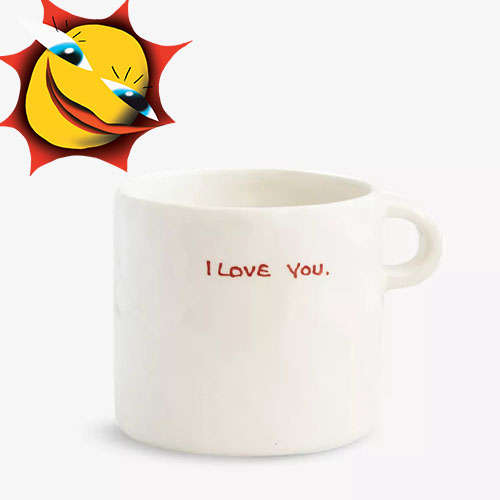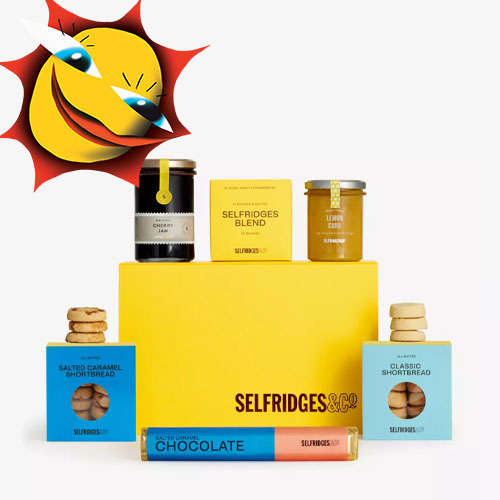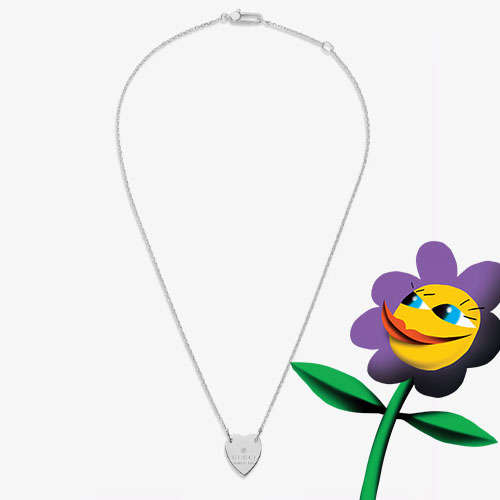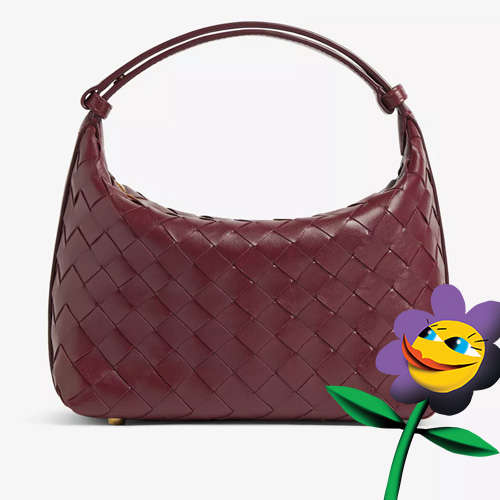- Australia / AUD $
- Canada / CAD $
- China / CNY ¥
- France / EUR €
- Germany / EUR €
- Hong Kong SAR China / HKD $
- Ireland / EUR €
- Italy / EUR €
- Japan / YEN ¥
- Kuwait / USD $
- Macao SAR China / HKD $
- Netherlands / EUR €
- Qatar / USD $
- Saudi Arabia / USD $
- Singapore / SGD $
- South Korea / KRW ₩
- Spain / EUR €
- Taiwan / TWD $
- United Arab Emirates / USD $
- United Kingdom / GBP £
- United States / USD $
- Not yours? Read more
Tell us what you think
Shop in your local currency and language
You are currently in Hong Kong HK / HKD $ store
- English
- English
- English
- English
- English
- English
- English
- English
- English
- English
- English
- English
- English
- English
- English
- English
- English
- English
- English
- English
- English
Did you know that we deliver to 130 countries or regions and offer a range of delivery options to suit you wherever you are in the world? Find out more
Sign up once to our Selfridges+ service and you can enjoy unlimited deliveries wherever you are in the world. FIND OUT MORE
International delivery
With almost everything on selfridges.com available for International Delivery, you can send your order to 130 countries or regions around the world, including North America, Australia, the Middle East and China.
Although we only offer 20 currencies to browse in online, you can still deliver to all of the following countries or regions:
- Algeria
- Andorra
- Antigua and Barbuda
- Aruba
- Australia
- Austria
- Azerbaijan
- Bahrain
- Bangladesh
- Barbados
- Belarus
- Belgium
- Belize
- Bermuda
- Bolivia
- Botswana
- Brunei
- Bulgaria
- Cambodia
- Canada
- Cayman Islands
- Chile
- China
- Colombia
- Costa Rica
- Croatia
- Cyprus
- Czech Republic
- Denmark
- Dominica
- Dominican Republic
- Ecuador
- Egypt
- El Salvador
- Estonia
- Finland
- France
- French Guiana
- Germany
- Gibraltar
- Greece
- Grenada
- Guadeloupe
- Guatemala
- Guernsey
- Guyana
- Honduras
- Hong Kong
- Hungary
- Iceland
- India
- Indonesia
- Ireland
- Israel
- Italy
- Jamaica
- Japan
- Jersey
- Jordan
- Kazakhstan
- Kenya
- Kuwait
- Laos
- Latvia
- Lebanon
- Lesotho
- Liechtenstein
- Lithuania
- Luxembourg
- Macau
- Malaysia
- Maldives
- Malta
- Martinique
- Mayotte
- Mexico
- Monaco
- Montserrat
- Morocco
- Myanmar
- Namibia
- Netherlands
- New Zealand
- Nicaragua
- Nigeria
- Norway
- Oman
- Pakistan
- Panama
- Paraguay
- Peru
- Philippines
- Poland
- Portugal
- Puerto Rico
- Qatar
- Reunion
- Romania
- Rwanda
- Saint Kitts and Nevis
- Saint Lucia
- Saint Martin (French part)
- San Marino
- Saudi Arabia
- Serbia
- Singapore
- Slovakia
- Slovenia
- South Africa
- South Korea
- Spain
- Sri Lanka
- Suriname
- Swaziland
- Sweden
- Switzerland
- Taiwan
- Tanzania
- Thailand
- Trinidad and Tobago
- Turkey
- Uganda
- Ukraine
- United Arab Emirates
- United Kingdom
- United States
- Uruguay
- Venezuela
- Vietnam
Factory Records, the record label behind New Order and Joy Division, kick-started a cultural phenomenon in the late 70s and early 80s. To celebrate its lasting legacy, as well as the newly opened Use Hearing Protection: The Early Years of Factory Records exhibition at Manchester’s Science and Industry Museum, we’ve collaborated with Factory Records to create an exclusive in-store pop-up and collection of clothing, accessories and homeware by some of the world’s leading designers. From Raf Simons to Palm Angels and Bang & Olufsen, each piece has been inspired by Factory Records’ music and artwork, which continues to be a source of creative influence decades later.
Here, music journalist Fergal Kinney unpacks the inimitable legacy of Factory Records, and its lasting impact on music and design today.
Discover the Factory Records collection
From Raf Simons – a designer constantly motivated by the power of youth culture and self-expression – through to streetwear label Palm Angels, who has mastered the art of cult-favourite athleisure; each design house that’s collaborated with the exclusive Factory Records collection has been inspired by the record label’s lasting impact on music, design and pop culture.

Left to right: graphic designer Peter Saville with Factory Records founders Tony Wilson (1950 - 2007) and Alan Erasmus, circa 1979. Photo by Kevin Cummins/Getty Images

Ian Curtis during a Joy Division gig at Moonlight Club, West Hampstead, London 1980 by Peter Anderson / Museum of Youth Culture
Clean geometric diagonal lines. Smoke billowing from a chimney high above a city. The robotic thud of an electronic 808 drum machine. For an independent record label with a lifespan of less than two decades, it’s all the more remarkable that Factory Records can genuinely claim to have transformed British culture. It did so by taking the above ingredients and drawing galvanizing connections between them – a cultural Swiss army knife of futuristic music, radical design, new thinking and a full reimagining of the city. Well, perhaps just one city.
Founder of Factory Records, Anthony H Wilson, was born in Salford in 1950, which gave him the ideal vantage point from which to enjoy the key upheavals in post war British pop culture – the Beatles from the school playground, the drugs revolution from the corridors of Cambridge University and, curiously, experiencing punk as a slightly dandyish, slightly eccentric regional TV personality.
In Joy Division, Factory nurtured four young men to create music that seemed to transcend its individuals, conjuring an uncanny sonic monument to the city.
Factory came into being initially as a label for a club night held at a former bus drivers’ social club in Hulme, in the shadow of the imposing modernist Hulme Crescents housing developments. That the title was both a reference to Andy Warhol’s New York art base the Factory and a tongue-in-cheek comment on Manchester’s industrial heritage tells you what you need to know about the project. The label itself was minted in 1978 as a collaboration between Wilson, artists’ manager Rob Gretton, the former TV actor Alan Erasmus and the seriously maverick record producer Martin Hannett. Between them, they would strike lucky multiple times in ways that most labels never achieve once.
In Joy Division, Factory nurtured four young men to create music that seemed to transcend its individuals, conjuring an uncanny sonic monument to the city – ambient music for a decaying industrial city. Following the tragic suicide of Ian Curtis, that group regenerated into a very different success. New Order – more romantic, more euphoric – would transform not only British indie music but dance and pop too. “It’s like winning the pools three times,” remarked Wilson at the giddy zenith of Factoryism, “twice is a miracle, three and you call in the fraud squad.”

From left to right: FACTORY RECORDS -
Medicom Toy Joy Division T-shirt
,
Raf Simons Substance cotton-jersey sweatshirt
,
Medicom Toy Joy Division jumper
and
Raf Simons New Order T-shirt
.
More drug squad than fraud squad, that third act would be the Happy Mondays who – in their earlier incarnations at least – had a frontman who could twist language well past its limits, a guitarist capable of sour Northern rockabilly and a rhythm section perfectly in tune with the new dance revolution. Those towering figures aside, the Factory roster continues to shift in a modern context – a new generation of listeners and artists such as Frank Ocean have discovered the melancholy glory of the Durutti Column (Wilson’s favourite act on the label) while the scratchy art funk of A Certain Ratio was repackaged throughout the 2000s by acts like LCD Soundsystem.
It would be something it built, rather than something it released, that would have the biggest impact of all. Factory was not interested in profiting from youth culture, but instead facilitating it. The Haçienda nightclub could have been about making money from Manchester kids, instead, it gave them a space to generate their own culture – in doing so, Wilson would become an architect of the next great postwar youth moment.
The Haçienda could have been about making money from Manchester kids, instead, it gave them a space to generate their own culture.
The Haçienda would open in 1982, wittily designed by Ben Kelly, and though this former yacht showroom would take a few years to find a role, it became a premonition of a modern, city-dwelling, dynamic 21st-century Manchester. Indeed, it willed that into action. It’s hard to imagine now just how radical a large, city-centre club with eclectic music policy and no dress code was at the time – a world away from the beery shirt-and-tie scene; this was elitism for everybody. Rave culture was already happening around the UK, fermented by true believers in Blackburn and Bermondsey, but The Haçienda gave it a supportive nexus and a platform from which to infiltrate new audiences. Which it did.
For you, and the kids too
Manchester-based sports giant Umbro were inspired by Factory Records' iconic logo and colour palette, as seen on its black and yellow colour-block football shirts. Plus, it’s never too early to introduce the legacy of New Order, Joy Division and Factory Records, with tops and tees for little ones, too.

Use Hearing Protection: The early years of Factory Records at Manchester’s Science and Industry museum

John Cooper Clarke poster for the Rabid Records release
Wilson outlined that, for him, Factory was “an intellectual, theoretical experiment in art and politics.” Judging from the results, it’s The Haçienda that proved the most successful part of this experiment. The Haçienda also underlined one of the great subplots of the Factory story – its fascination with New York. Wilson liked to imagine Manchester as the sixth borough of New York. Through the 70s and early 80s, New York had turned around a city beset by crime and unemployment by bringing the artists in – do you see where he was going with this? Wilson established Factory US, and a sort of cultural exchange began between Factory artists and the city. The label released Bronx trio ESG’s ‘Moody’ – this would go onto become one of the most sampled records of all time – while in clubs like the Paradise Garage four very straight, very dour Mancunian men returned evangelical about fizzing electronic gay disco.
Factory was predicated on an understanding that it was pop music that acted as chief educator in British society – in this, Saville smuggled art and modernism into the bedrooms of teenagers.
To achieve all of this is quite something, but to do so while transforming British pop culture design simultaneously is another matter. To that end, it’s Peter Saville who looms the largest. While all of Factory recognised the importance of punk, it also recognised that Factory had to move on from its aesthetics. Early Factory designs had been punkish, done in collaboration with the genius music writer Jon Savage, but it’s only minted as Factory once Saville joins. Influenced heavily by European modernism, Saville fused this music with ideas from Italian futurism, constructivism, De Stijl. “The Factory covers were not about making people buy the records” he would later explain, “they didn’t even try to make people buy the record. They existed independently to the music, and therefore people’s relationships with them were quite different.”
Factory was predicated on an understanding that it was pop music that acted as chief educator in British society – in this, Saville smuggled art and modernism into the bedrooms of teenagers, indelibly shaping how British society would then respond to this stuff. The ‘Blue Monday’ sleeve, remembering the future by looking like a floppy disc, was the most widely purchased and shared Factory artefact. Factory were capable of turning triumphs into disasters and disasters into triumphs – that ‘Blue Monday’ single would lose money with every copy.
To understand what Factory achieved during those years, it’s important to understand the music culture it was a part of – one enjoying the white-hot forward motion of a renaissance – a record made in 1982 would have been unthinkable to listeners four years earlier. This slows down around the early 1990s, and Factory dies with it. Factory Records folded for all the reasons labels tend to fold – drugs, exhaustion, lack of forward motion – while The Haçienda became a victim of its own internal contradictions and a drug culture that had become a focal point for crime.
No matter – dance culture took on the world, Factory Records’ artists became modern classics for each new generation, and Wilson enjoyed a second coming as a self-styled regional booster and advocate for Manchester. There would even be a film – Steve Coogan played Tony Wilson in 24 Hour Party People, which was critically acclaimed for its sharp understanding of the importance of myth at the heart of Factory. Before his tragic death in 2007, Wilson continued to think differently – many of his ideas about streaming technology, viewed with typical antagonism from the music industry at the time, look awfully prophetic.
Viewed from a distance, it’s easier now to take a guess at the real intentions behind Factory and The Haçienda – a gift, not something to stick around forever, but a short, sharp cultural shock. If you build it, they will come. A bizarre love triangle between design, theory and pop music.

